The logic behind streaming health content is simple. Just telling someone that it’s time to get a mammogram or renew a prescription isn’t always enough to get them to do it. There are numerous barriers to consider: social determinates of health (SDOH) factors, health beliefs, the health literacy gap, apathy, and more. Sending a well-timed, well-written text message can sometimes do the job, but often we need to go further and help the health consumer understand why taking an action matters and how they are benefiting from it. Or we simply need to get their attention for long enough to even hear us out.
Streaming health education, when thoughtfully integrated into engagement solutions, can achieve all of these things. It infuses current and innovative types of content into member outreach in new ways. The same way we have seen the biggest brands integrate streaming content into the consumer experience, healthcare can mirror and change the way they interact with their populations and, more importantly, change the way their populations interact with them.
6 Innovative Best Practices in Streaming Health Content
Innovation 1: Types of Content
The most innovative aspect of content in the last few years just may be the format it’s delivered in. Overall, there are four major content categories we’ve seen work well when brought into healthcare outreach.

Gifs
A lot can be said with a well-timed gif, and using humor to capture attention, as gifs usually do, are an effective way to focus the member on a very real issue, such as fall safety in our example above.

Self-Produced Videos
Self-produced videos are often short, recorded in selfie mode, and have less focus on production value. These qualities make them more personal, fun, and more able to capture attention and connect the creator with the audience.
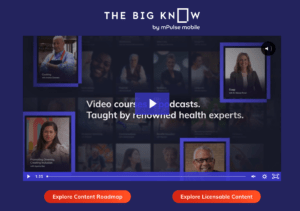
Licensable Streaming Content
Spotify, YouTube, Netflix, and more! Streaming is the main delivery method for content today and used by a huge amount of the population. With the option of licensable libraries of streaming health education content now on the market, healthcare organizations can enter the game and have a better chance of meeting members where they are and in the ways they already live their lives.
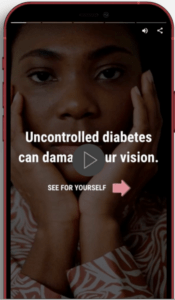
Stories
Started by Snapchat and copied by Facebook and Instagram, stories are now everywhere. Healthcare can take stories and use social media as another channel to communicate with their populations or repurpose them for SMS delivered solutions.
Innovation 2: Making the Ask
Now that you have your content format ready to go, you’ll want clear, robust calls to action embedded within the streaming health experience, which is our second innovative best practice. Think about it this way: all the content delivered quickly falls short if you aren’t ultimately making the ask.
When crafting your call to action, make sure it is not only closely tied to the content being delivered but it is also specifically based on that recipient’s needs.
Interested in learning more? Access the guide to get the full version of this content »
Innovation 3: Integrating Your Content into Your Programs
When you combine conversational AI capabilities with health content, you can uncover barriers to action through the consumer’s response and in turn deliver bite-sized educational clips to address their specific obstacle. This way, you are not only educating them on why they should take a certain action, but you are delivering tailored content which educates around the specific reason that individual is not complying. And because this is built on conversational AI technology, all of this is done at scale, yet individualized, for your entire population.
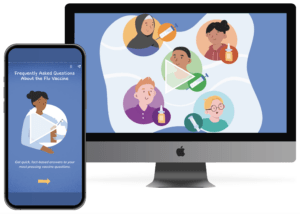
Innovation 4: Creating Surround Sound
Most of the daily lives of health consumers is digital– emails, websites, apps, social media, text messaging, phone calls, streaming content, and more. This makes it easy to apply our fourth innovative technique: create surround sound by producing a digital omnichannel experience.
In action, it might look like this: If we were heading into winter and you were trying to drive flu vaccinations, you might post an interactive FAQ to your organization’s social media story, send the mini lesson video through email or text message, and have the full vaccine lesson available through your website portal. Your audience would likely run into your content multiple times, which serves to reinforce the educational message and makes it more likely they’ll act on it.
Innovation 5: Targeting Your Content to Clear Business Goals
Your streaming health content is only as effective as it is in line with your goal. So, when producing and deploying content, you should tie it to the areas of your business you want to see an impact on—Health Outcomes Surveys (HOS), preventive screenings, diabetes prevention, and gaps in care just to name a few. Plainly, if your content isn’t addressing the action you’re trying to drive, you won’t drive that action.
Innovation 6: Data, Data, Data
Metrics regularly tracked still apply, such as text messages delivered, response rate, and completion rate of the desired action. Integrating streaming health content into your outreach, though, broadens the data you have access to for outreach performance and reporting. Now we can look at clickthrough rate to videos or activities, total views, engagement time, pages or lessons viewed per person, average number of course enrollments, average view time per piece of content, and so much more.
Integrating Health Content into Your Engagement Programs
When healthcare organizations take the innovative approach of creating educational health content (videos, bite-sized content, interactive FAQs, polls, quizzes, and more) and incorporate it in their outreach, we see much longer engagement times, the underlying problem of health literacy improve, and the fostering of better relationships between healthcare organizations and health consumers.
Our hope is this new frontier of educational health content creates a change in the health literacy of our society as a whole and improves the engagement and investment of individuals in their own health and well-being.
Interested in even deeper insights into this new way of outreach? Download the guide, 6 Innovations in Streaming Health Content that Improves the Member Experience, to get the full version of this content.

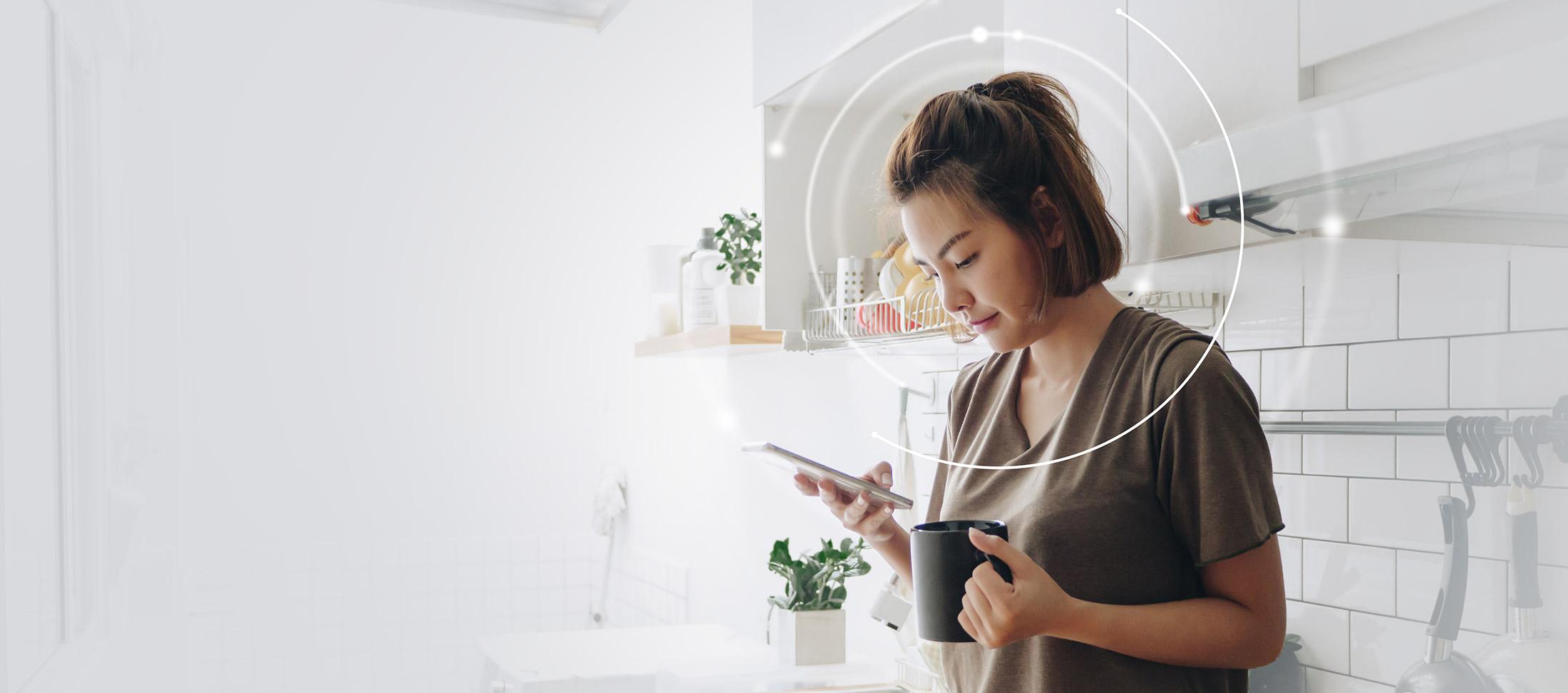


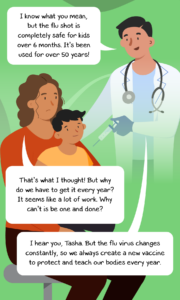

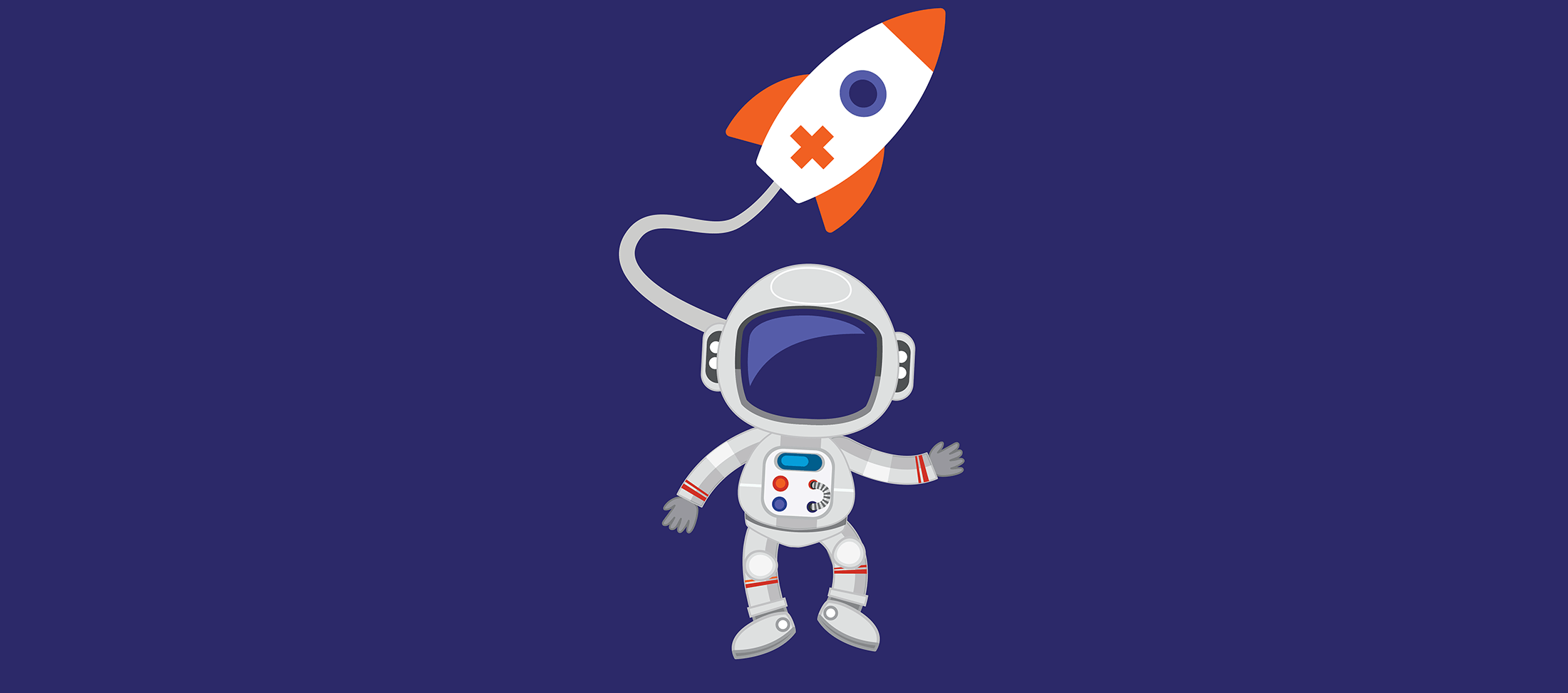



 Clearly Eden is incredibly busy as an ambassador, thought leader, and behavioral science expert for mPulse, but she still makes time for personal endeavors. She recently became a certified Yoga Instructor under the International Yoga Alliance and branched out into the exciting world of Goat Yoga! She is a dog-mom to Cooper & Magnolia, her two French Bulldogs, as well as being an avid thriller fiction reader and an aspiring Charcuterie Board designer. The views from her beautiful home office in Boston, Massachusetts are the envy of many members of the mPulse team who are all grateful for her valued contributions and enduring optimism.
Clearly Eden is incredibly busy as an ambassador, thought leader, and behavioral science expert for mPulse, but she still makes time for personal endeavors. She recently became a certified Yoga Instructor under the International Yoga Alliance and branched out into the exciting world of Goat Yoga! She is a dog-mom to Cooper & Magnolia, her two French Bulldogs, as well as being an avid thriller fiction reader and an aspiring Charcuterie Board designer. The views from her beautiful home office in Boston, Massachusetts are the envy of many members of the mPulse team who are all grateful for her valued contributions and enduring optimism. 